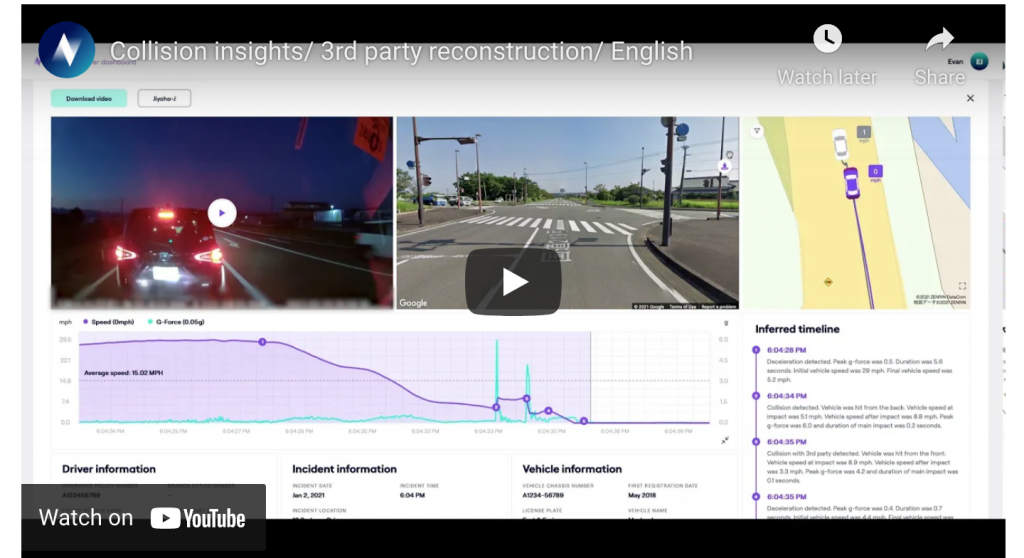
This Nexar video is found through the link listed below.
New AI System Records Vehicle Accidents in Japan to Speed Claims, Increase Safety
One of the major reasons for the actual invention, fine-tuning, and production of autonomous vehicles is safety. It’s been long predicted and expected that the number of car crashes will DRASTICALLY be reduced. One of the latest tools to assist in making our roads safer through the use of AI comes from Japan. The name is Nexar and it promises to become part of our new normal when dealing with and/or eliminating a lot of accidents.
Working with a Japanese insurance company, Nexar has released an AI-based system that combines the use of an app with footage captured on vehicles’ dash cams to reconstruct exactly what happened in a crash, according to a story in caranddriver.com.
Nexar says the system will detect 90 percent of accidents and lets users submit a report in one click.
Interestingly, the 200,000-plus drivers currently using this new system in Japan are paying up to $10 a month for the privilege—not getting a discount from their insurance company.
The system is backed by the Mitsui Sumitomo Insurance company—which, besides having a vested interest in knowing when and how accidents happen, also wants to get the aftermath over with as quickly as possible.
This seems like a natural outgrowth of programs like Progressive Snapshot, wherein you share vehicle data with your insurance company in hopes of a discount—except, in Japan, the drivers pay a subscription fee of “less than $10 per month” for the system.
“This is going to be more and more common,” says Neil Mandt, creator of the Crimedoor augmented-reality true crime app. “You’ll be able to walk into a courtroom and see a 3D AR crash scene. And with an autonomous car, a system like this would be required, because there’ll be a need for proof.” If cars end up driving themselves, they’ll also be the witnesses. And if a car can create a 3D representation of the world in real time as it’s driving, it won’t be a major leap to generate a detailed replay after an accident.
Could that system be helpful or even accepted in the U.S. and the millions of drivers on our roadways? Will it work in nonautonomous vehicles? It appears to. See the link below for the full rundown of how the system works.
read more at caranddriver.com

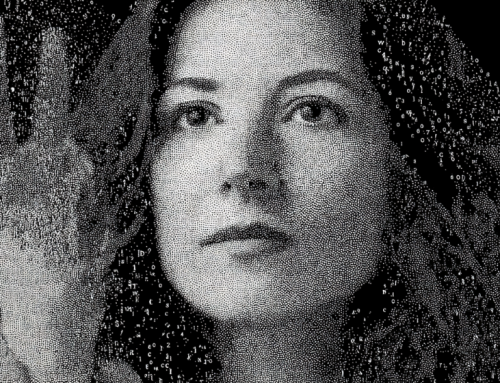

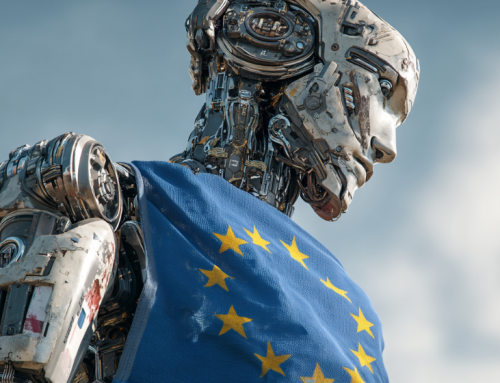
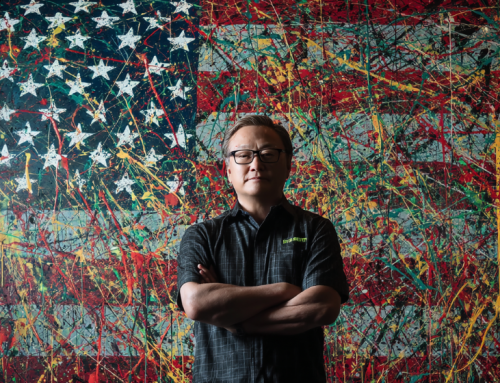
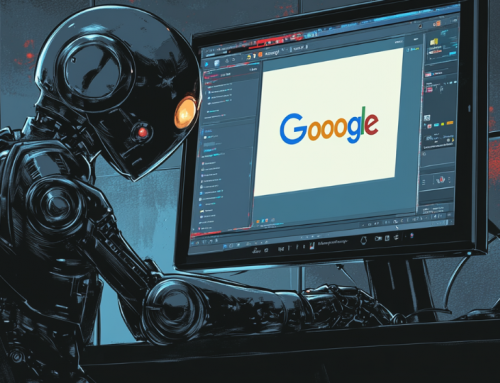

Leave A Comment